Description
Cool Season Cover Crop Seed Mix
This Cool Season Cover Crop Mix can be used as an early spring or fall cover-crop that will provide vigorous growth to control weeds, loosen the soil and improve drainage, provide erosion control and add vital nitrogen, nutrients and organic matter to enrich and build the soil. Plant this Cool Season Cover Crop Mix in orchards and vineyards or in rotation with vegetable and field crops in early spring or early fall. Plant the mix at a rate of about 1 pound per 500 sq feet.
The oats will grow even when the temperatures are barely above freezing to form a thick tangle of roots and tough stalks that add fibrous organic matter to the soil. The Field Peas are also hardy and are prolific nitrogen producers, so you’ll need less fertilizer. This crop can be grazed and should be mowed or incorporated after flowering, before seed production if you don’t want volunteers sprouting up next season.
Pea blooms are a good early source of nectar for bees and other pollinators!
Cool season annual cereal oats are effectively used as a cover crop in either spring or fall. Oats planted in the fall will usually winter kill north of central Oklahoma and the southern Texas Panhandle, leaving standing dry hay.
Forage Peas (Cool Season) are a cool-season annual legume planted as either a spring or fall seeded cover-crop, it will winter kill when planted in the fall. Good forage quality. Use pea, vetch, lentil inoculant; N-Dure for Cool Season: Rhizobium leguminosarum biovar viceae.
Contents: (inoculated) Percent Nitrogen accruement*
Oats Avena sativa 60% 2 lbs /1000 sq. ft.
Forage Peas Pisum sativum 40% 2 lbs /1000 sq. ft.
* Nitrogen accumulated in growing crop prior to tilling under
Cool Season Cover Crop Seeding Rate:
100 lbs/acre, 5lbs./2500 sq. ft. or 1lb./500 sq. ft.
Find more information about cover crops in this post.
“When fresh plant material decomposes in the soil, its carbon-to-nitrogen ratio becomes low, allowing the nitrogen to be easily released into the soil chemistry by bacteria. Nitrogen accumulation is greater with legumes, which have nitrogen-fixing Rhizobium bacteria growing in nodules on the legume roots.
Microorganisms decomposing plant material and the plant material itself produce substances that glue soil particles together. These substances include slime, mucus and fungal mycelia, which contain gums, waxes, and resins. They aggregate soil particles, thereby enhancing the tilth, porosity, and water holding capabilities of the soil.”
Source: Colorado State University – CMG Garden Notes #244

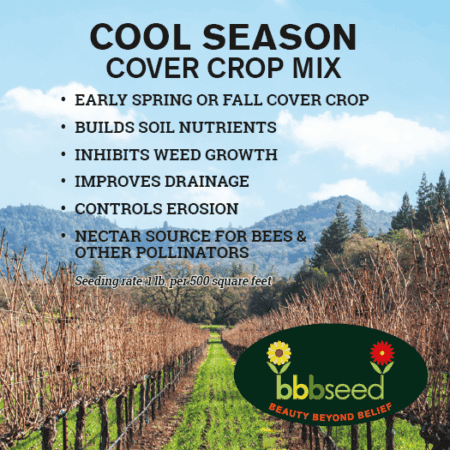
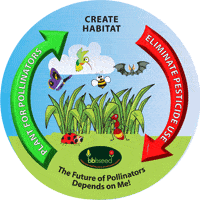
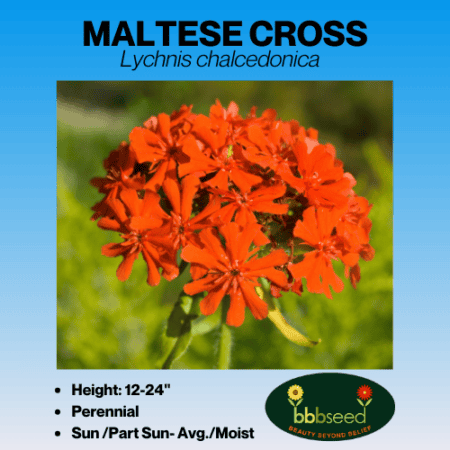
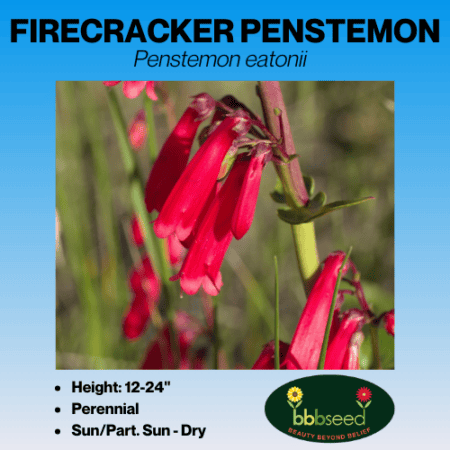
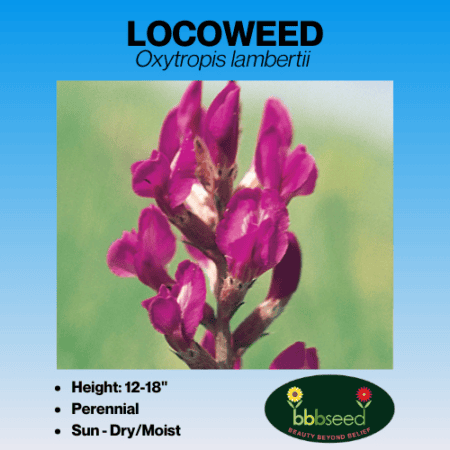


Reviews
There are no reviews yet.